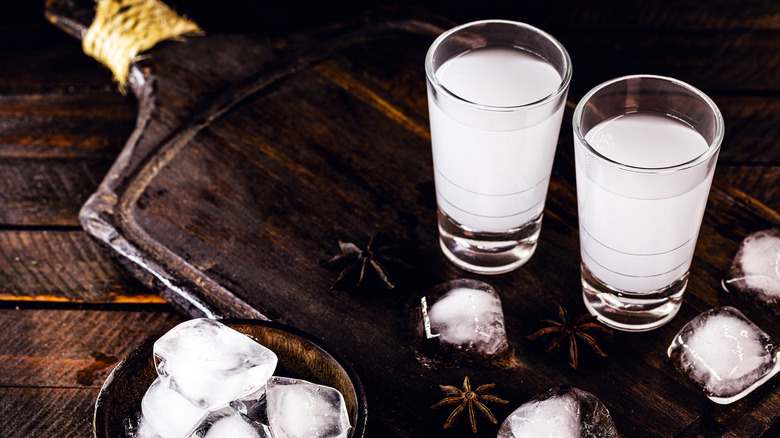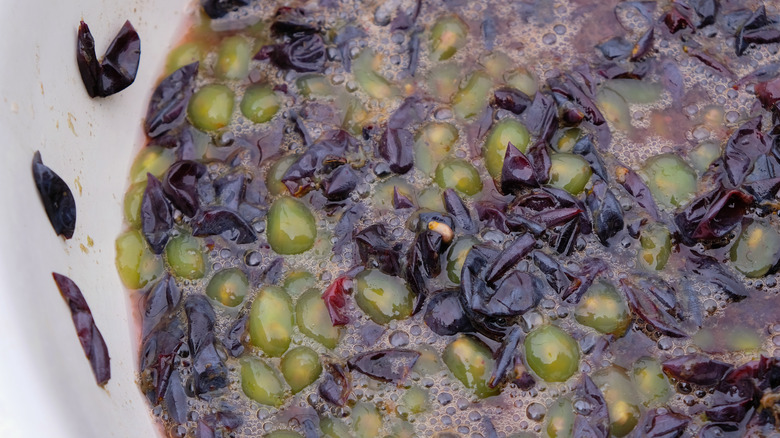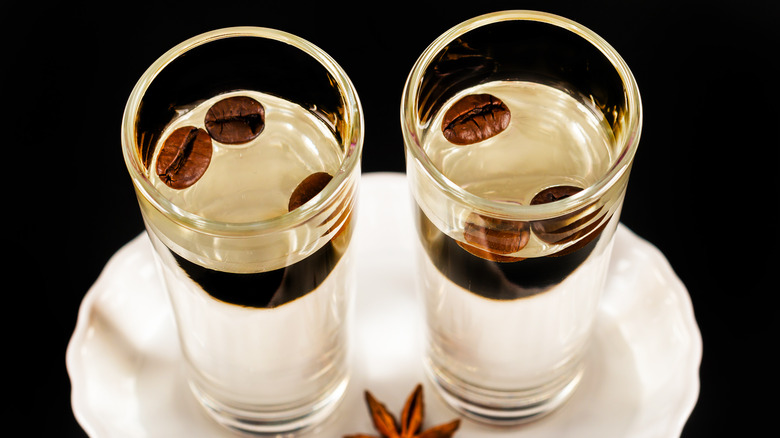Arak Is A Middle East Alcohol With A Kiss Of Licorice Flavor
A journey through the world of Arak, an ancient alcoholic beverage deeply rooted in the Middle East's culture, reveals drink connoisseurs and traditionalists cherish. Known for its anise flavor, Arak holds a significant place in the hearts of locals and travelers alike. Traditionally, Arak is the national drink of Lebanon, but it is also popular in other countries such as Israel, Egypt, and Syria.
As the sun sets over busy bazaars and serene desert oases, people come together to sip Arak in celebration, hospitality, and camaraderie. Adding water to the translucent liquid creates a cloudy effect known as louche, intensifying the anise aroma and enhancing the drink's appeal.
This article explores Arak's production process, regional variations, and traditional serving rituals that have kept its allure alive for generations. Join us as we uncover the secrets and stories of this Middle Eastern drink, of which a single sip brings forth a sense of tradition, nostalgia, and the spirit of an age-old libation.
How is arak made
The primary ingredients used to produce Arak can vary depending on the region, but it is commonly made from fermented grape juice. Other fruits, like dates or figs, may also be used in some cases. The base ingredient is fermented to convert sugars into alcohol. Yeast is added to the grape juice or fruit mash, and the mixture is left to ferment for a specific period, during which alcohol is produced.
After fermentation, the liquid undergoes distillation. Traditional pot stills are often used for this process. The liquid is heated, and the alcohol evaporates, separating it from the remaining solids and water. The distillation process helps increase the alcohol content and purifies the liquid. Once the liquid is distilled, it is infused with anise seeds. The seeds release their distinct licorice flavor into the spirit. The amount of anise used can vary depending on the desired intensity of the taste. The Arak is then allowed to rest. This resting period is crucial and allows the flavors to harmonize and develop, resulting in a smoother and more balanced taste.
Finally, the Arak is bottled and made ready for consumption. It is typically enjoyed by mixing it with water and sometimes ice, served in small glasses alongside mezze (appetizers) in social gatherings and feasts.
Taste and uses
Arak has a distinctive taste that delights the palate with its anise-forward flavor profile. The initial sip reveals a strong licorice essence, which gradually softens into a smoother, more subtle herbal note. Adding water creates a louche effect, releasing the aromatic oils and adding a refreshing touch to the overall taste. The result is a well-balanced, invigorating spirit that leaves a pleasant, lingering anise aftertaste.
Aside from the traditional dilution with water, Arak also lends itself to creative mixology, allowing enthusiasts to experiment with various cocktails. Some popular concoctions include combining Arak with fresh fruit juices, creating a delightful fusion of flavors that adds a modern twist to this ancient libation.
Tradition plays a significant role in drinking Arak. One of the most popular and time-honored ways to enjoy it is by diluting the spirit with cold water in a traditional glass known as "karafeh." The louche effect takes center stage as the water is added, enchanting the senses with its mesmerizing transformation. The usual ratio is one-third Arak and two-thirds water, but some prefer a stronger or milder version.
Other drinks with similar flavors
There are several other traditional spirits and alcoholic beverages from different regions around the world that share similarities with Arak in terms of their production process or flavor profiles. Popular in Turkey and Greece, Raki is an anise-flavored spirit similar to Arak. It is often enjoyed with water and ice, and the addition of water causes the drink to turn cloudy, much like Arak. Originating in Greece, Ouzo is another anise-flavored spirit with a strong licorice taste. It is often consumed with water and is a favorite among locals and tourists.
Hailing from France, Pastis is a spirit flavored with anise and other herbs. It is typically served diluted with water, which gives it a milky appearance. An Italian anise-flavored liqueur, Sambuca is often enjoyed neat or with three coffee beans floating on top. It is commonly used as a digestif.
These spirits offer a diverse range of flavors and cultural experiences, each deeply ingrained in the traditions and customs of their respective regions. Like Arak, responsible consumption is essential when enjoying these alcoholic beverages to fully appreciate their unique characteristics without compromising health and safety.



